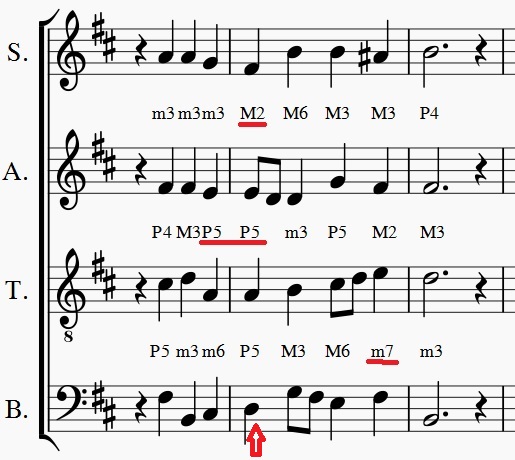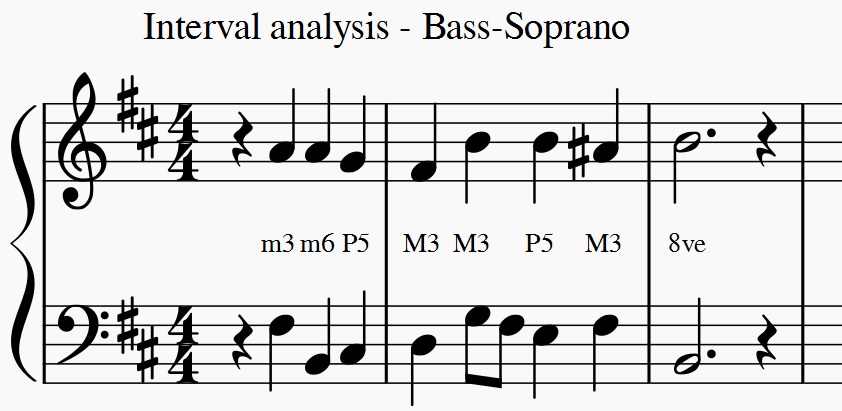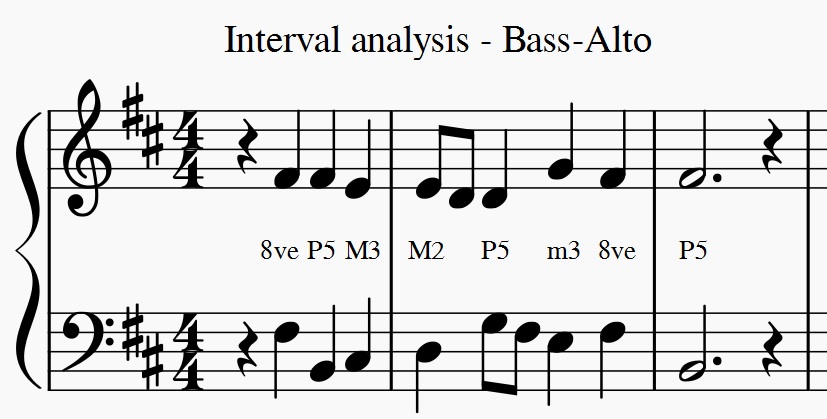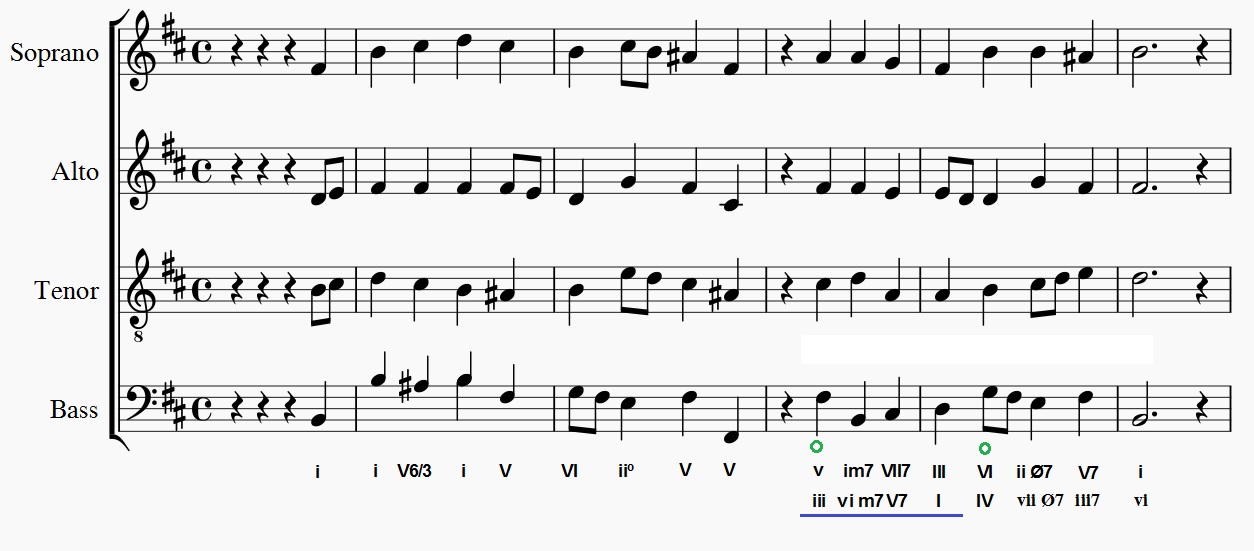Man, you are insisting in this nonsense. How many times do I have to say this: FUX RULES ONLY APPLY TO TWO VOICE STRICT COUNTERPOINT. How would you have contrary movement simultaneously in FOUR VOICES? Please post an example.IncarnateX wrote: ↑Fri Oct 05, 2018 3:31 pm I do not know what you are on about now but as said, even if the movements are only with two voices it is still parallel harmony. Point is not how many voices you use but that you move them in parallels:
https://en.m.wikipedia.org/wiki/Parallel_harmony
In music, parallel harmony, also known as harmonic parallelism, harmonic planing or parallel voice leading, is the parallel movement of two or more lines (see voice leading).Now let us once again relate that to Fux’ first rule of movement:Lines with parallel harmony can be viewed as a series of chords with the same intervallic structure. Parallel means that each note within the chord rises or falls by the same interval.
Figuratively speaking, I have just provided 2 + 2, now if anyone wants this to be other than 4, be my guest, but plz apologize me for stepping back and rest my case, for I have no more to say that would not be a reformulation of what is already said.“From one perfect consonance to another perfect consonance one must proceed in contrary or oblique motion”,
Besides, counterpoint evolved A LOT since Fux time. You can have parallell notes and still have counterpoint. One thing doesn't conflict with the other. Open your mind. Or else you would not accept counterpoint outside Fux treaty, because parallel movements exist pretty much ANYWHERE.
Now I understand why you don't consider the chorales as counterpoint
And FIFTHs and OCTAVES are NOT harmony.







